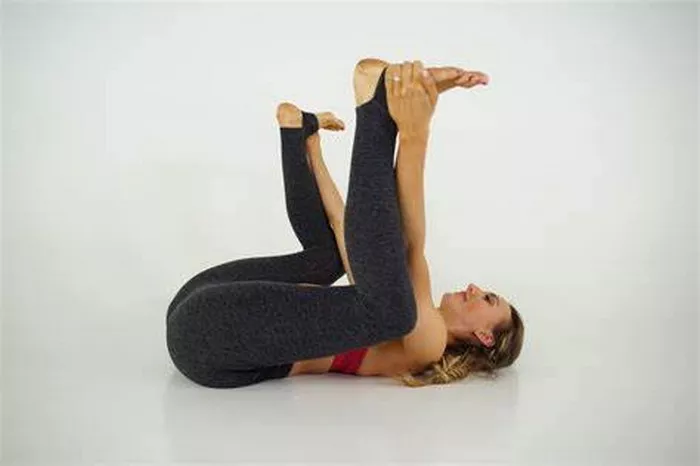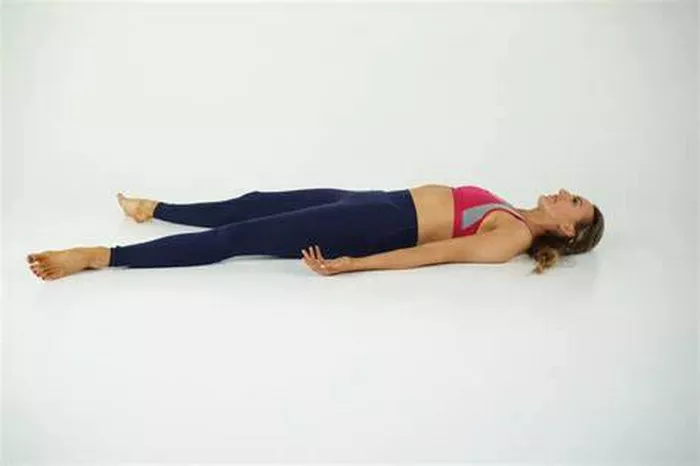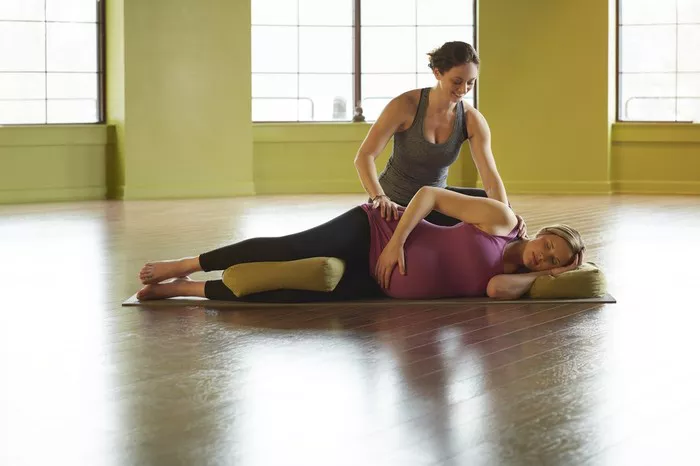Breathing is a fundamental aspect of yoga that goes beyond mere inhalation and exhalation. Among various breathing techniques, sectional breathing stands out as a powerful method for enhancing physical performance, promoting relaxation, and deepening mindfulness. This article delves into the concept of sectional breathing, its benefits, techniques, and how to integrate it into your yoga practice.
Understanding Sectional Breathing
Sectional breathing refers to a technique where you focus on different parts of your body while inhaling and exhaling. This method helps to cultivate awareness, improve lung capacity, and enhance the connection between mind and body. By concentrating on specific areas, practitioners can promote relaxation and release tension, making it an invaluable tool for yoga enthusiasts.
The Anatomy of Breathing
Before diving into sectional breathing, it’s essential to understand the anatomy of breathing:
Diaphragm: The primary muscle involved in breathing. When it contracts, it creates negative pressure in the chest cavity, allowing air to flow into the lungs.
Lungs: The organs responsible for gas exchange. The right lung has three lobes, while the left lung has two.
Intercostal Muscles: Located between the ribs, these muscles assist in expanding and contracting the chest cavity during breathing.
How Sectional Breathing Works
Sectional breathing involves focusing your breath on different regions of the body: abdominal, thoracic, and clavicular. By consciously directing your breath, you can release stored tension, improve oxygenation, and enhance overall well-being.
See Also: The Art of Correct Yoga Breathing: A Full Guide to Pranayama
Benefits of Sectional Breathing
Enhanced Lung Capacity: Focusing on different sections encourages full lung expansion, improving oxygen intake.
Improved Relaxation: Sectional breathing promotes relaxation by activating the parasympathetic nervous system.
Increased Mindfulness: Directing breath to specific areas enhances body awareness and mindfulness in practice.
Reduced Stress: It helps lower cortisol levels, reducing stress and anxiety.
Better Posture: Encouraging diaphragmatic breathing can lead to improved posture and alignment.
Techniques for Practicing Sectional Breathing
Abdominal Breathing
Focus: The abdomen
How to Practice:
Position: Sit comfortably or lie on your back with your knees bent.
Inhale: Place one hand on your abdomen and breathe deeply, allowing your abdomen to rise as you fill your lungs.
Exhale: Slowly exhale through your mouth, feeling your abdomen fall.
Duration: Repeat for 5-10 breaths, focusing on the movement of your abdomen.
Thoracic Breathing
Focus: The chest
How to Practice:
Position: Sit or stand with your spine straight.
Inhale: Place your hands on your ribs. As you inhale, expand your chest and feel your ribs move outward.
Exhale: Release the breath slowly, feeling your ribs contract.
Duration: Continue for 5-10 breaths, emphasizing the expansion and contraction of the chest.
Clavicular Breathing
Focus: The upper chest
How to Practice:
Position: Sit or stand with your shoulders relaxed.
Inhale: Inhale deeply and lift your shoulders slightly while expanding your upper chest.
Exhale: Let your shoulders drop as you exhale slowly.
Duration: Practice for 5-10 breaths, concentrating on the movement in the upper chest.
Complete Breath
Focus: All three sections
How to Practice:
Position: Sit comfortably with an upright posture.
Inhale: Start with abdominal breathing, then move to thoracic and clavicular breathing, filling your lungs completely.
Exhale: Release the breath in reverse order: clavicular, thoracic, and finally abdominal.
Duration: Repeat for 5-10 cycles, aiming for a smooth and continuous flow of breath.
Integrating Sectional Breathing into Your Yoga Practice
Warm-Up with Breath Awareness
Before your yoga session, spend a few minutes focusing on your breath. This warm-up prepares your body and mind, enhancing your awareness during the practice.
Incorporate Sectional Breathing into Poses
While holding poses, direct your breath to specific areas of your body. For example:
In Warrior II: Focus on thoracic breathing to open your chest and shoulders.
In Forward Fold: Emphasize abdominal breathing to relax your lower back.
Use Breath for Transitions
As you transition between poses, synchronize your breath with movement. Inhale deeply to expand and open, and exhale to ground and release.
Cool Down with Breath Practice
At the end of your session, practice complete breath or gentle abdominal breathing. This cool-down helps to relax the body and mind, reinforcing the benefits of your practice.
Tips for Effective Sectional Breathing
Practice Regularly: Consistency is key to developing awareness and lung capacity.
Stay Relaxed: Avoid tension in your shoulders and neck while breathing. Keep your jaw relaxed.
Be Mindful: Focus on your breath and its effect on your body, cultivating mindfulness throughout your practice.
Use Props: Consider using props, such as cushions or yoga blocks, to enhance your comfort during practice.
Seek Guidance: If you’re new to sectional breathing, consider taking a class or following a guided session to learn proper techniques.
Conclusion
Sectional breathing is a powerful technique that can transform your yoga practice. By enhancing your awareness, improving lung capacity, and promoting relaxation, this method offers numerous benefits for both physical and mental well-being. Incorporate sectional breathing into your routine to unlock new levels of performance and mindfulness. Embrace the power of breath and elevate your yoga journey today!
You Might Be Interested In
























